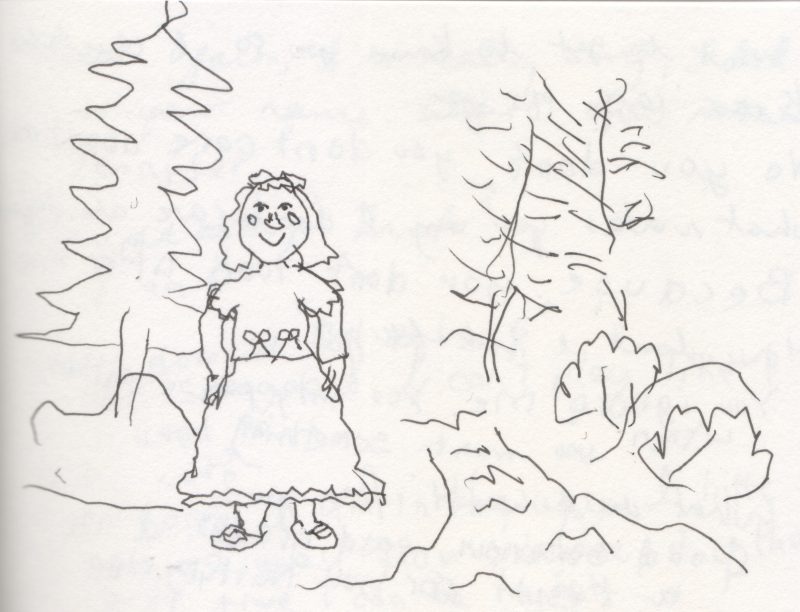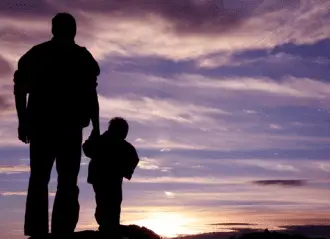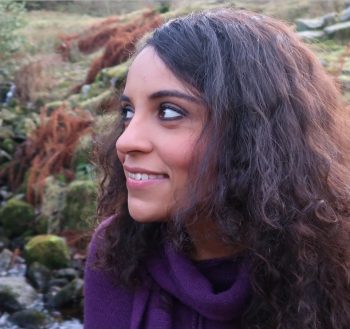Guest writer for Wake Up World
Each one of us has an inner child. It is a permanent presence that lives at the core of our being.
Our inner child is instinctual and has an inexplicable knowing about the world around it. It knows its own feelings, and how to express them: it laughs when it is happy, cries when it is sad, and screams when it is angry. Each moment is filled with curiosity, wonder, and a need to play, discover, and create in the world.
Over the years, we force our inner child into hiding, and bury alive a very real part of ourselves that never grows up, and will never go away. We make it to adulthood, with all its sensibilities, its heart-breaking lessons and its ever-increasing demands, but this causes us to repress our inner child, and in doing so we rob ourselves of our natural spontaneity, lose our instinctual trust in our “gut”, and separate ourselves from others so they will never see our inner child’s true feelings and desires.
[pro_ad_display_adzone id=”110028″]
We may suddenly want to skip through the park for no reason whatsoever… but our rational adult side says, “don’t be ridiculous”.
We feel an inexplicable desire to get out our painting set and create something messy… but we hesitate: “Why bother?” It doesn’t pay the bills.
We want cry uncontrollably over that which we’ve lost, without worrying about “staying strong”… but we smile and pull ourselves together instead.
The following process is designed to get us re-acquainted with our inner child after all this time. We do this process confidentially, and all we need is a pen/pencil or crayons (as you feel comfortable) and paper.
When communicating, use your non-dominant hand (the hand you do not usually write with) when speaking as the “inner child”, which directly accesses right-brain functions such as non-verbal visual/spatial perception, emotional expression and intuition, as oppose to our left “parent” side of the brain which centres on verbal and analytical processing.
How does your inner child look?
- Sit quietly and close your eyes. Picture a beautiful place that both you and your inner child can visit together in your imagination. You should feel safe and comfortable, and just go with what feels right for you.
- Open your eyes, and with your non-dominant hand, draw a picture of your inner child. You don’t need to rush or put pressure on yourself, reconnect with your inner natural flow.
Here’s how my inner child looked:
Now using your dominant hand and a separate piece of paper, spend a little time reflecting on this process:
- How did it feel while drawing your inner child? Were there any frustrations or blocks?
- How do you feel now when you look at the picture?
- Where do you think certain characteristics of the child came from – in physical or facial expression, or location, or outfit?
- How old is your inner child?
I was surprised how much my inner child looked like someone from the 1900s, and extremely girly. In a big poufy dress with bows and a petticoat, which I believe was influenced by my love of Little House on the Prairie and films like Meet Me in St Louis growing up, which spoke to me of my desire for a simple life with simple family values. But, although she is girly, she is not trying to please; she just likes dresses because she thinks they are beautiful, and she likes getting them mucky while playing!
I felt that my inner child does not second-guess anything, she is full of energy and the will to explore. She is also in the woods, which made me feel safe, protected, and full of curiosity.
What does your picture of your inner child tell you?
Conversing with your inner child
The second part of this process is to have a conversation with your inner child. Look at your drawing. Your dominant hand (the one you usually write with) will take the role of the adult. You will then respond as your inner child using the non-dominant other hand.
Once again, go with the flow of your intuition. Remember, as with any child, your inner child must trust you enough to emerge, so stay patient and calm, and take your time during these exercises.
- Open the conversation by telling the child that you want to get to know it so that you can take better care of it. You can start by asking for its name, and anything else it wants to tell you about itself: age, how it feels, what it likes and doesn’t like, and what it wants from you.
Don’t worry if the flow of the conversation doesn’t go exactly per the questions, just follow your intuition, and go with what comes up in the moment.
- Close the conversation by asking the Child to tell you anything else it wants you to know, and thank the Child for coming out and expressing itself, and that you want to have more of these conversations so that you can get to know it better.
- Using your dominant hand on a separate piece of paper, reflect back on the conversation with your inner child. This step is to help you raise awareness of your inner child’s needs so you can be more attentive in future. Was there anything surprising that came out from the conversation? Do you notice a pattern, or particular emotions coming up on both the part of the adult and the child? Any memories?
Below is the conversation I had with my inner child (IC):
Me: Hello, what is your name?
IC: Jennifer
Me: How old are you, Jennifer?
IC: I am 6.
Me: How does it feel to be 6, Jennifer?
IC: Not so good. I can’t play like I used to.
Me: What do you like that you feel you can’t do anymore?
IC: I like to look at things, see what they do. I play with my cat. I stack things. I think about things. I make things, even if they don’t matter so much.
Me: What kind of things do you make?
IC: Dolls having conversations. Animal moss burrows. Lego buildings. Messy, pointless paintings. They have no point. I just like to do it.
Me: I want to know you so I can take better care of you.
IC: No you don’t. You don’t care about me.
Me: What makes you say I don’t care about you?
IC: Because you don’t look after me.
Me: How don’t I look after you?
IC: You ignore me. You only pay attention to me when you want something.
Me: What do I want from you?
IC: Good behaviour. Good grades. I am a result for you, nothing else matters.
Me: What do you need most from me at this time?
IC: I need your tenderness. I need your presence. I need to feel safe.
Me: there anything else you need me to know?
IC: I am a person. See me.
Me: Thank you. I am flawed. I fail in many ways. I want you to feel valued. I’m sorry. Let’s have more talks like this.
[pro_ad_display_adzone id=”110030″]
On reflection…
I was interested that my intuition felt that I was aged 6; I reflect on why. I sense this was the ‘felt age’ where I started to feel emotions such as embarrassment, and inadequacy — it was the beginning of closing the door on my inner child.
I noticed how much of my inner child’s worth begins to diminish from the time that joyful spontaneous acts started to scrutinised as achievements, and the bubbling anger she feel about this – I sense my inner child feels that there has been an injustice.
I was very surprised by the guilt I felt as my adult self that things have become this way, and that I felt saddened by this. It makes me want to reconnect further to make amends.
This process will shed a great deal of light upon our relationship with our inner child; it is the beginning of a re-connection and healing for this little being inside of us.
As the relationship strengthens, we develop an on-going appreciation for the role of the inner child in our lives. We become more aware of its needs and desires, and begin to utilise its intuitive gifts.
Our inner child is at the core of our humanity, when its existence is cherished we are free to express openly its creative and spontaneous enthusiasm for life.
References:
- Capacchione, Lucia 1991, Recovery of Your Inner Child: The Highly Acclaimed Method of Liberating Your Inner Self.
- www.psychologytoday.com/…/essential-secrets-psychotherapy-the-inner-child
About the author:
Jennifer is a personal development coach and the founder of curiouslyyou.com, a platform designed to help you find your way back to authentic self-belief, so you can feel courage in your heart and value in yourself.
It’s all too easy to lose touch with ourselves in a world that pulls us in so many different directions. The goal of Curiously You is to provide the tools to create a life in alignment with what you truly value.
There is a special free gift for Wake Up World readers over at curiouslyyou.com/wakeup-world that will help you begin this journey.
You can also follow Jennifer on Instagram.
[pro_ad_display_adzone id=”110027″]










